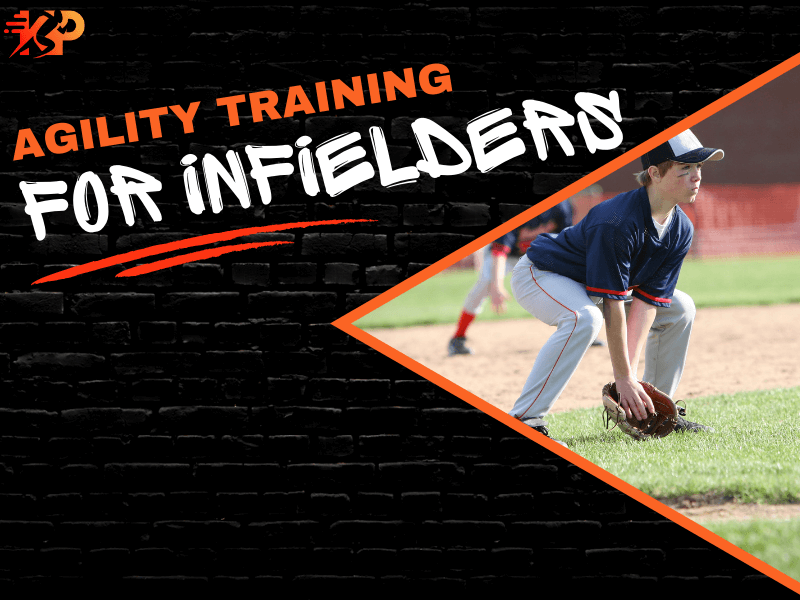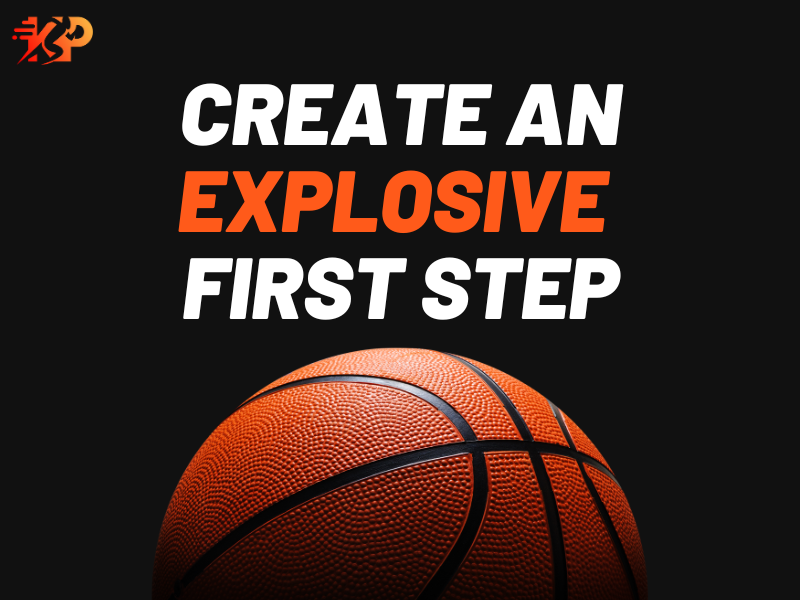How to Improve Youth Athlete Agility
By Mark Keil, CSCS
Posted on July 23, 2024

Agility is a crucial component of athletic performance, particularly for youth athletes involved in sports requiring quick changes of direction, balance, and coordination.
Developing agility can significantly enhance an athlete’s ability to respond to dynamic game situations, outmaneuver opponents, and maintain balance.
This article is a comprehensive guide on drills designed to improve youth athletes’ agility. *If you’re interested in Youth Speed & Agility Training for your athlete, then click here to sign up for a FREE session. We train weekly in Tulsa, Oklahoma!
Understanding Agility
Agility is the athlete’s ability to quickly change direction without losing balance, strength, or speed.
It requires a combination of speed, strength, coordination, and proprioception (the sense of body position and movement).
Training agility involves developing several factors:
Footwork: Quick, precise foot movements.
Balance: Maintaining control while changing direction.
Coordination: Efficiently coordinating body movements.
Reaction Time: Quickly responding to stimuli.
Agility Drills
Ladder Drills
Ladder drills are excellent for improving foot speed, coordination, and agility. Here are a few variations:
– One-Foot In: Move through the ladder by placing one foot in each square, alternating feet.
– Two-Feet In: Place both feet in each square before moving to the next.
– Icky Shuffle: Start with both feet outside the ladder. Step into the first square with one foot, then quickly step in with the other foot while the first foot moves outside the ladder.
Cone Drills
Cone drills are versatile and can be tailored to improve various aspects of agility. Here are some effective cone drills:
T-Drill: Place four cones in a “T” shape. Start at the first cone (bottom of the T), sprint to the top cone, side-shuffle to the right cone, side-shuffle to the left cone, and backpedal to the start.
Pro Agility Drill: Place three cones in a straight line, 5 yards apart. To perform the Drill, sprint from the middle cone to one end cone, then turn and spring to the far cone, and then turn again to sprint back through the middle cone.
Box Drill: Arrange four cones in a square. Perform a variety of movements (sprinting, backpedaling, side-shuffling) around the box.
Change of Direction Drills
These drills are designed to enhance an athlete’s ability to change direction quickly while maintaining control of the movement:
Zig-Zag Drill: Set up the cones in a zig-zag pattern. Sprint through the cones, making sharp cuts at each one.
Four-Corner Drill: Place four cones in a square. Start at one corner, sprint to the next, side-shuffle to the next, backpedal to the next, and finish with a sprint.
Pro-Agility Drill: This Drill involves sprinting 5 yards to one side, 10 yards back past the starting point, and 5 yards back to the start. Click here to read about benefits of the Pro Agility Drill.
Reaction Drills
Reaction drills improve an athlete’s response time to various stimuli, enhancing on-field performance.
Partner Mirror Drill: Partner A moves in random directions while Partner B mirrors the movements.
Ball Drop Reaction Drill: The coach drops a tennis ball from shoulder height, and the athlete sprints to catch it before it bounces twice.
Colored Cone Drill: Set up multiple cones of different colors. The coach calls out a color, and the athlete sprints to touch the corresponding cone.
Plyometric Drills
Plyometric exercises help develop explosive power and quick, efficient movements:
Box Jumps: Jump onto a sturdy box or platform, focusing on a quick and powerful takeoff.
Depth Jumps: Step off a box and immediately jump upward upon landing.
Lateral Bounds: Jump laterally from one foot to the other, focusing on distance and control.
Balance & Coordination Drills
Single-Leg Balance: Stand on one leg for a set period. Increase difficulty by closing the eyes or standing on an unstable surface.
BOSU Ball Drills: Perform various movements (squats, lunges) on a Bosu ball to improve balance and coordination.
Agility Dots: Place five dots on the ground in a cross pattern. Perform various hopping patterns, such as two-foot hops or single-leg hops, around the dots.
Integrating Drills into Training
To effectively improve agility, it’s essential to integrate these drills into a structured training program:
Warm-Up: Begin each Speed & Agility Training Program with a dynamic warm-up to prepare the muscles and joints for the upcoming activity. Include exercises like high knees, butt kicks, leg swings, and arm circles.
Progression: Start with more straightforward drills and gradually progress to more challenging drills as the athlete’s agility improves.
Frequency: Incorporate agility training 2-3 times weekly, allowing for adequate recovery between sessions.
Variety: Incorporate a variety of drills to keep the training sessions engaging. Variety will help prevent boredom and ensure comprehensive development.
Focus on Form: Proper form and technique are key to maximizing the Drill’s effectiveness and reducing the risk of injury.
Monitoring Progress
Track the athlete’s progress to ensure the training program is effective:
Baseline Testing: Perform initial tests to establish a starting point. Standard tests include the 5-10-5 shuttle, T-drill, and vertical jump.
Regular Assessments: Periodically reassess performance to track improvement and make necessary adjustments to the training program.
Conclusion
Improving a youth athlete’s agility requires a well-rounded approach that includes a variety of drills targeting different aspects of agility.
Young athletes can significantly enhance their agility by incorporating ladder drills, cone drills, change of direction drills, reaction drills, plyometric drills, and balance and coordination drills into a structured training program. Consistency, progression, and variety are crucial to maintaining engagement and achieving optimal results.
Youth athletes can develop the agility needed to excel in their chosen sports with dedication and the right training strategies. I’ve trained over 1,000 athletes, including collegiate and professional sports teams. I’ve also taught hundreds of young athletes how to increase their speed. If you live in Tulsa, Oklahoma and are interested in finding a quality speed and agility program near you, then check out my Speed & Agility program. Click here to sign up your athlete for a FREE Training Session.
Does your athlete have an ‘Awkward Run’? Fix the Awkward Run and improve your athlete’s speed today! Visit AwkwardRun.com.
Training Resources



